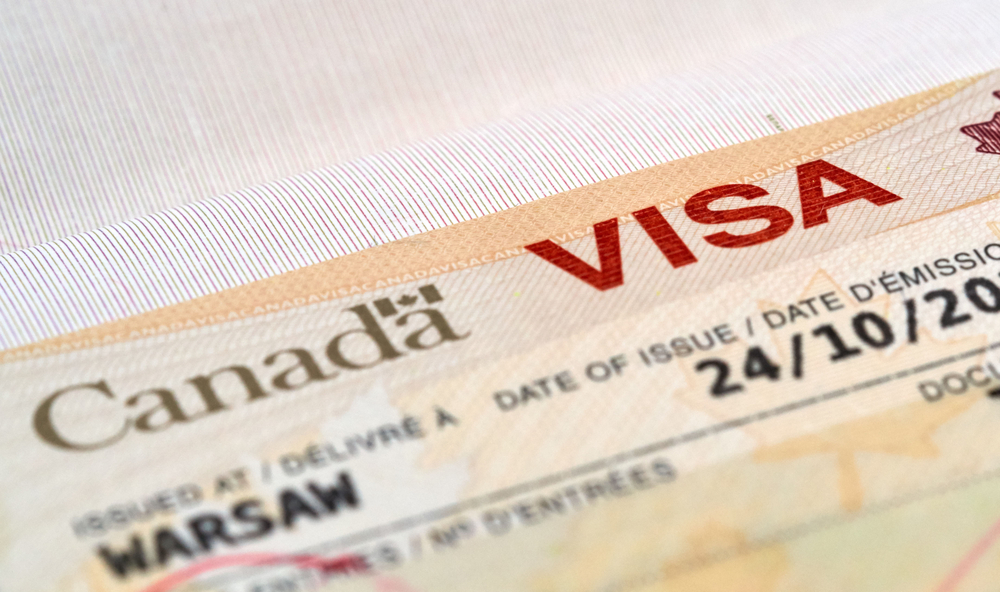A Breakdown Of Admissions Targets
With 80,000 people scheduled to enroll in the Spouses, Partners, and Children Program and 25,000 in the Parents and Grandparents Program by 2022, the family class will account for 24% of admissions targets (PGP). The IRCC has increased its PGP admissions aim by 1,500 places over its previous approach.
The remaining 20% of immigrants will be accepted under refugee and humanitarian programs. This is a 5% increase above Canada’s prior immigration intentions, and it is most likely owing to the country’s plans to transfer 40,000 Afghan refugees over the next three years. Economic and family immigration will make up a lesser share of total immigration than usual due to the increased refugee and humanitarian influx. Canada intends to restrict refugee and humanitarian intake once the Afghan resettlement program is concluded.
Immigration In Canada By The Numbers
Until 2015, Canada received approximately 250,000 immigrants every year. It set a new baseline goal of 300,000 arrivals each year in 2016. Prior to the epidemic, the objective was set at around 340,000 immigrants per year, however, due to the pandemic, immigration fell below 200,000 in 2020.
The Canadian government then surprised the world by announcing in October 2020 that it would seek to accept over 400,000 immigrants annually in the future to aid the country’s post-COVID economic recovery. This is the most ambitious immigration goal in Canadian history.
Last year, Canada set a record for newcomers by welcoming 405,000 permanent residents, the majority of whom were already living in the nation. Prior to the epidemic, the majority of new immigrants to Canada came from other countries.

Seeking Out A Younger Population
Canada aims to attract newcomers who will help the country’s economy and finances. In order to support its population, labor force, and economic growth, Canada needs to seek higher levels of immigration due to its aging population and low birth rate. Younger immigrants are deliberately sought out in order to have employees pay the taxes required to sustain key social services like as health care and education.
In addition to pursuing younger immigrants, Canada promotes social immigration goals such as family reunification and humanitarian aid. As a result of the pandemic, immigration has become more economically important. Governments across Canada are facing financial difficulties as a result of greater spending during the pandemic and the resulting lower economic activity. Owing to the aging population, substantial economic changes during COVID and fewer immigrants arriving due to tighter borders, employers across Canada are facing labor shortages.
The Immigration and Refugee Protection Act (IRPA), Canada’s fundamental immigration statute, states that the government must disclose its immigration plan by November 1 of each year that Parliament is in session. The government will be legally compelled to table the second Immigration Levels Plan of the year by November 1st, 2022, at the latest unless Canada conducts an election for the second year in a row. This would take the place of the plan that was unveiled today. Because of the federal election in September, the announcement for 2021 was postponed, but the Immigration Levels Plan 2023-2025 will be made as planned.






